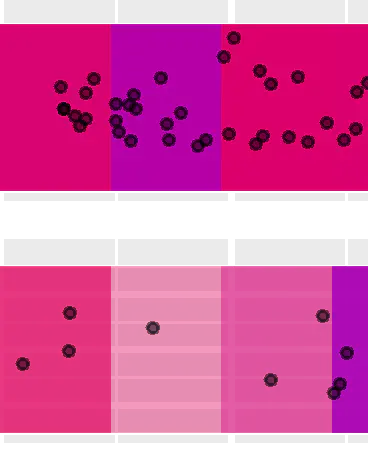
Abstract
We analyse variation in vowel production within monologues produced by speakers in a quiet, well-controlled environment. Using Principal Component Analysis and Generalized Additive Mixed Models, applied to a large corpus of naturalistic recordings of New Zealand English speakers, we show that the first formant of monophthongs varies significantly with variation in a speaker’s relative amplitude. We also find that amplitude variation is used, potentially agentively, to mark the beginning and ending of topical sections within single-speaker monologues. These results have significant methodological consequences for the study of vocalic variation in the context of research on speaker style, and language variation and change. While laboratory research has shown a connection between variation in F1 and amplitude in loud environments or with distant interlocutors, this has not been seen in quiet environments with unscripted speech of the sort often used in sociolinguistics. We argue that taking account of this variation is an important challenge for both within speaker investigation of stylistic covariation and across speaker investigation. In the latter case we recommend, as a minimal step, the inclusion of a measure of relative amplitude within regression models. Co-authors: Jen Hay, Lynn Clark, James Brand.
Brisbane, Australia